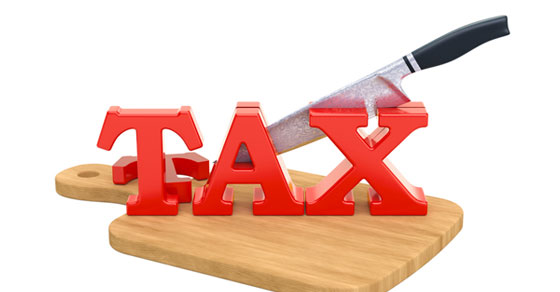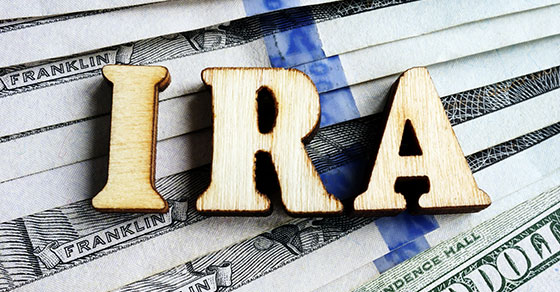Sometimes, bigger isn’t better: Your small- or medium-sized business may be eligible for some tax breaks that aren’t available to larger businesses. Here are some examples.
-
QBI deduction
For 2018 through 2025, the qualified business income (QBI) deduction is available to eligible individuals, trusts and estates. But it’s not available to C corporations or their shareholders.
The QBI deduction can be up to 20% of:
- QBI earned from a sole proprietorship or single-member limited liability company (LLC) that’s treated as a sole proprietorship for federal income tax purposes, plus
- QBI passed through from a pass-through business entity, meaning a partnership, LLC classified as a partnership for federal income tax purposes or S corporation.
Pass-through business entities report tax items to their owners, who then take them into account on their owner-level returns. The QBI deduction rules are complicated, and the deduction can be phased out at higher income levels.
-
Eligibility for cash-method accounting
Businesses that are eligible to use the cash method of accounting for tax purposes have the ability to fine-tune annual taxable income. This is accomplished by timing the year in which you recognize taxable income and claim deductions.
Under the cash method, you generally don’t have to recognize taxable income until you’re paid in cash. And you can generally write off deductible expenses when you pay them in cash or with a credit card.
Only “small” businesses are potentially eligible for the cash method. For this purpose under current law, a small business includes one that has no more than $25 million of average annual gross receipts, based on the preceding three tax years. This limit is adjusted annually for inflation. For tax years beginning in 2022, the limit is $27 million.
-
Section 179 deduction
The Sec. 179 first-year depreciation deduction potentially allows you to write off some (or all) of your qualified asset additions in the first year they’re placed in service. It’s available for both new and used property.
For qualified property placed in service in tax years 2018 and beyond, the deduction rules are much more favorable than under prior law. Enhancements include:
Higher deduction. The Sec. 179 deduction has been permanently increased to $1 million with annual inflation adjustments. For qualified assets placed in service in 2022, the maximum is $1.08 million.
Liberalized phase-out. The threshold above which the maximum Sec. 179 deduction begins to be phased out is $2.5 million with annual inflation adjustments. For qualified assets placed in service in 2022, the phase-out begins at $2.7 million.
The phase-out rule kicks in only if your additions of assets that are eligible for the deduction for the year exceed the threshold for that year. If they exceed the threshold, your maximum deduction is reduced dollar-for-dollar by the excess. Sec. 179 deductions are also subject to other limitations.
Bonus depreciation
While Sec. 179 deductions may be limited, those limitations don’t apply to first-year bonus depreciation deductions. For qualified assets placed in service in 2022, 100% first-year bonus depreciation is available. After this year, the first-year bonus depreciation percentages are scheduled to start going down to 80% for qualified assets placed in service in 2023. They will continue to be reduced until they reach 0% for 2028 and later years.
Contact us to determine if you’re taking advantage of all available tax breaks, including those that are available to small and large businesses alike.
© 2022






